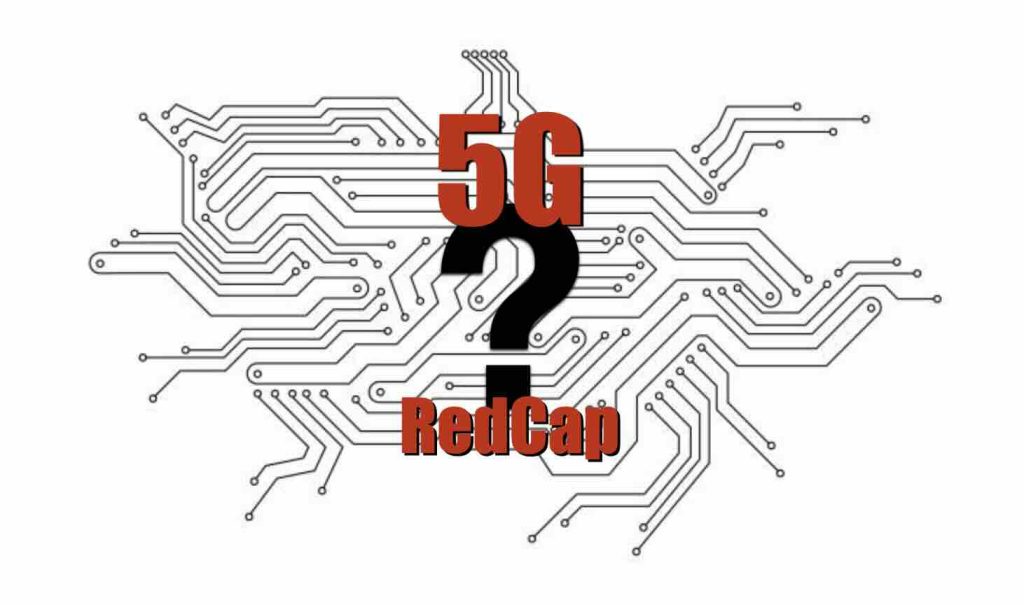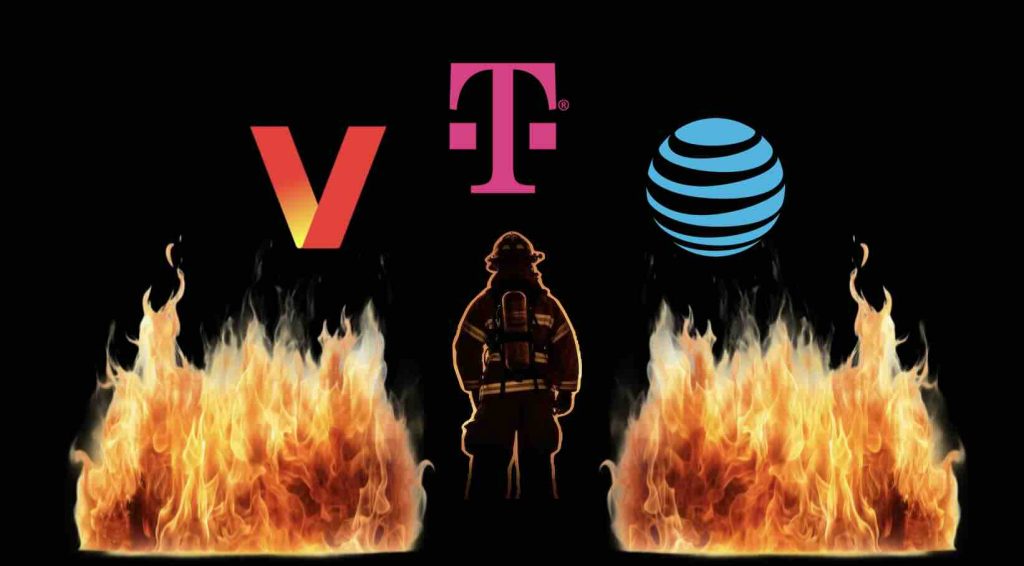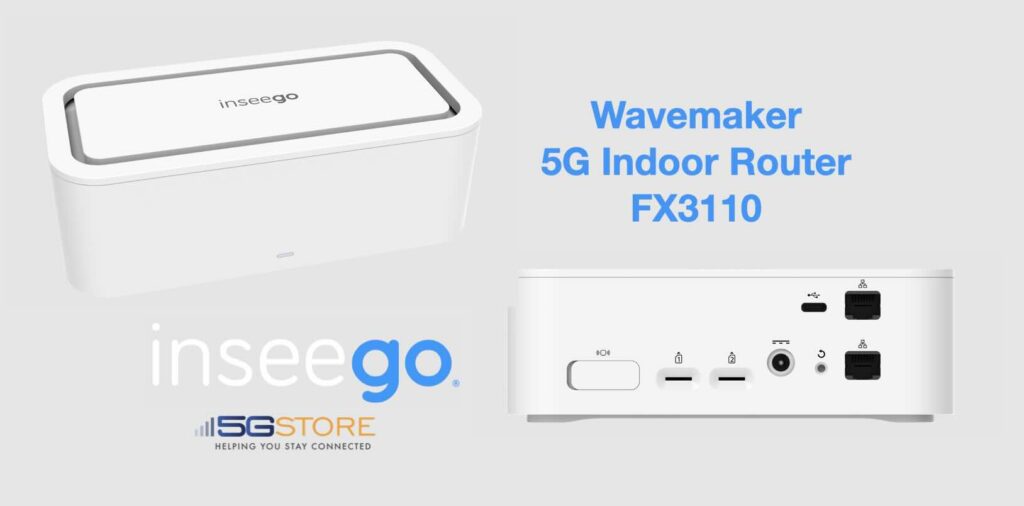A growing number of users are reporting widespread Internet disruptions today, affecting popular applications like Spotify, Discord, and major cellular providers including Verizon and T-Mobile. According to Downdetector.com, these issues are impacting users across multiple networks and services, which points to a potential issue with common DNS servers — such as those operated by Google […]
Tag: T-Mobile
T-Mobile Sets New Uplink Speed Record with 5G Advanced
T-Mobile has once again demonstrated its leadership in 5G innovation by achieving a groundbreaking uplink speed of 550 Mbps in sub-6 GHz spectrum using cutting-edge 5G Advanced technology. This milestone was accomplished through the implementation of 3GPP Release 17 UL Tx Switching, marking the first time this feature has been demonstrated in a live commercial environment. […]
T-Mobile Unveils “Experience More” and “Experience Beyond” Plans: What You Need to Know
In an ever-evolving wireless market where data usage, video streaming, and remote work demand more from cellular networks, T-Mobile is raising the bar yet again. The company has officially introduced two new premium wireless plans: Experience More and Experience Beyond, which replace its former Go5G Plus and Go5G Next plans. These new offerings are more than just rebrands […]
Ookla’s Speedtest Report: Outstanding Mobile Connectivity Performance in the U.S. (2H 2024)
It’s finally here. The latest Speedtest Connectivity Report from Ookla. Once again, we get to see how our major cellular carriers stack up against each other. This particular mobile connectivity report provides an in-depth analysis of network performance across the United States for the second half of 2024. Based on millions of consumer-initiated tests, the […]
What is 5G RedCap and Why Does it Truly Matter?
As 5G continues to evolve, a new innovation known as 5G RedCap (short for “reduced capabilities”) is poised to play a pivotal role in expanding the reach and versatility of 5G networks. Introduced in the 3GPP’s Release 17, RedCap aims to address the needs of mid-tier IoT applications by providing a cost-effective, power-efficient alternative to […]
How Cellular Providers Are Assisting During Southern California’s Wildfire Crisis
The ongoing wildfire crisis in Southern California has caused devastation across numerous communities. In response, major cellular providers, including Verizon, AT&T, and T-Mobile, are stepping up to help affected residents stay connected during this challenging time. Here is an overview of the initiatives and support measures these companies are implementing to ensure reliable communication and […]
Introducing the Inseego FX3110 5G Router
We’re excited to announce the arrival of the Inseego FX3110, a cutting-edge 5G router designed to deliver fast, reliable, and flexible internet connectivity. Whether you’re looking to set up a failover solution or boost network reliability in demanding environments, the FX3110 offers several robust features to help meet your needs. Key Features of the Inseego […]
The Evolution and Impact of 5G Standalone Networks: A U.S. Perspective
The deployment of 5G networks is progressing rapidly as the demand for faster and more reliable connectivity continues to grow. The standalone (SA) deployment model marks a significant milestone in the evolution of 5G, offering lower latency, increased bandwidth, and improved reliability compared to earlier network configurations. Using Ookla Speedtest Intelligence® data, this article tracks […]
Verizon Wins Over T-Mobile in RootMetrics Study
Two reports from mobile analytics company RootMetrics provide a comprehensive look at the performance of network carriers in the first half of 2024. These studies reveal some significant shifts in the 5G landscape, highlighting changes in speed, reliability, and availability rankings among the top carriers: Verizon, T-Mobile, and AT&T. Key Findings from RootMetrics’ 5G Testing […]
T-Mobile Elevates 5G Experience for 2024 MLB All-Star Week
T-Mobile is bringing its A-game to Globe Life Field and the surrounding Arlington area just in time for the 2024 MLB All-Star Week celebrations. The Un-carrier announced significant permanent enhancements to its 5G coverage and capacity, ensuring a superior experience for both local customers and visitors attending the festivities. Network Upgrades to Keep Up with […]







